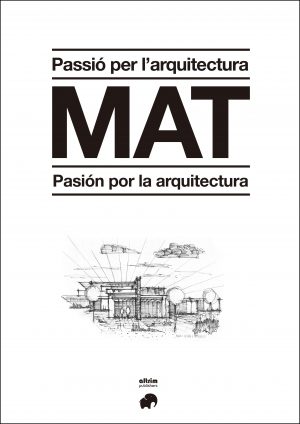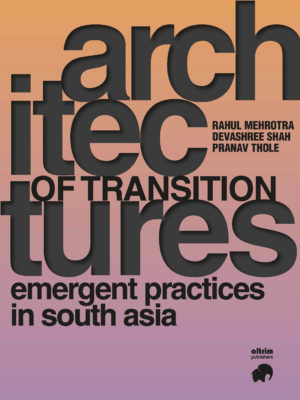Description
This book strives to be a reflection of The Lives by Giorgio Vasari and Homenots by Josep Pla in so far as, through the literary portrait of eight garden architects who have defined the urban greenery of the city of Barcelona during a century (1888-1992), and through an aesthetic approach to its parks and gardens, it enables us to discover and portray a tradition of gardens in Barcelona.
Following eight central figures, this book reveals a craft inherited and passed down from generation to generation of garden architects. A legacy that started with the great Barcelona and the culture of the masses, the Sunday break and the construction of the Eixample, enabling us to discover new facets of ourselves and of the shared project of Barcelona.
The Garden Architects:
- Josep Fontserè i Mestre (1829-1897)
- Antoni Gaudí i Cornet (1852-1926)
- Jean Claude Nicolas Forestier (1861-1930)
- Nicolau Maria Rubió i Tudurí (1891-1981)
- Lluís Riudor i Carol (1906-1989)
- Joaquim Maria Casamor i d’Espona (1920-2019)
- Antoni Falcón i Vernis (1953)
- Patrizia Falcone (1961)
About the authors
Eva Jiménez and Xavi Llobet both have a PhD in architecture and are professors of Architectural Projects at the Barcelona School of Architecture (ETSAB), Universitat Politècnica de Catalunya (UPC). It is in the limits of knowledge that they find the greatest stimulus and in their joint practice of research, profession and teaching, their driving force.
Readers reviews
The book emphasises four historic times in four contexts that have led to the appearance of styles related with different movements: Modernism, Noucentisme, Avant-garde, and Realism, and it analyses the works based on their artisticity. From one time to another, therefore, the text discusses the surrealism, functionalism, informalism and other tendencies recorded over those years, all in Barcelona. Covering this diversity of ambitions, ideas and works makes the book attractive and full of experiences. It might be said that it wants to make us aware, or more aware, of the land, of the city, and of our history. In doing so, it speaks of landscapes and botany, of gardens and topology, and of a dialogue with the city on different levels. The text also conveys the Barcelona’s lifelong calling to stand out as the capital of Catalonia.
Perhaps the training of its authors, two architects, explains their capacity to observe, and discuss, from viewpoints based on physical realities, such as atmospheres, materialities and shapes.
In short, the book -educational and enthusiastic- provides an insight into our reality and invites us in, to feel it and almost touch it. And, when all is said and done, to continue creating it.
EDUARD BRU, abstract from the preface





